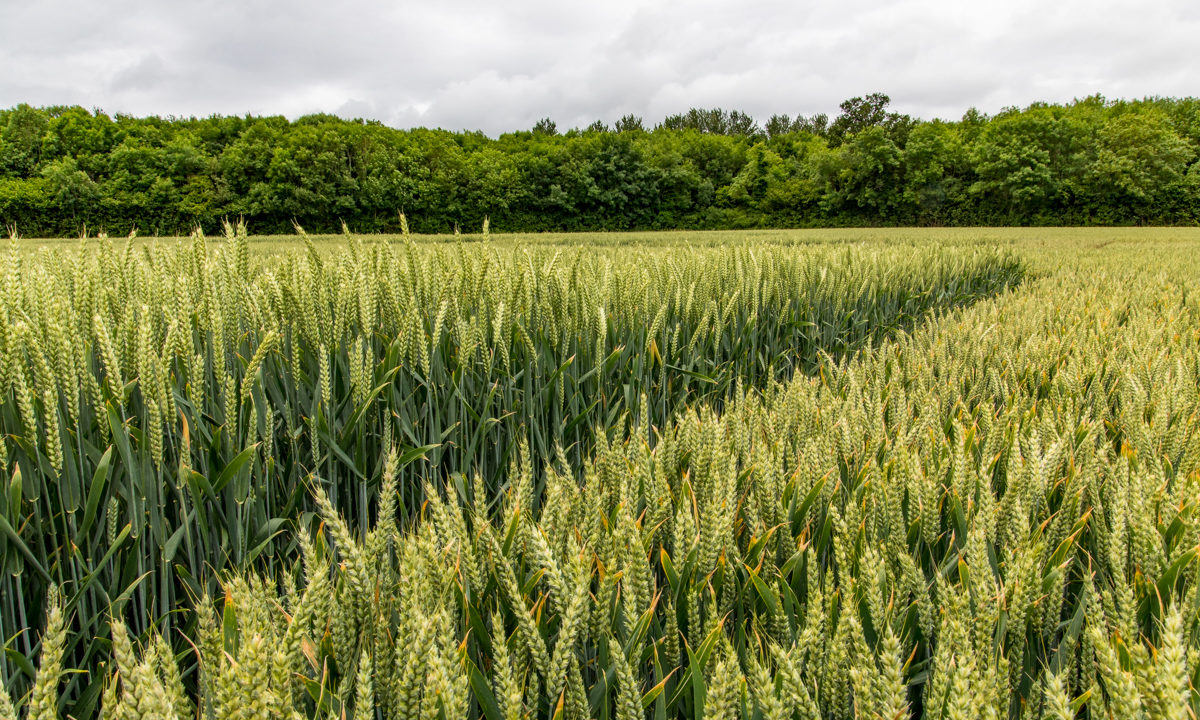Analysis from the Energy and Climate Intelligence Unit (ECIU) estimates that the UK’s self-sufficiency across all farming sectors will reduce by 8% due to wet weather.
A projected reduction in arable crops as a result of lower crop area and poor yields will reduce self-sufficiency and mean that the UK could become dependent on foreign imports for around a third of its wheat.
The UK’s self-sufficiency could decline from an average of 86% between 2018 and 2022 to 78% this year. Wheat self-sufficiency is estimated to decline from 92% in the same period to 68%.
With soils too waterlogged and many fields flooded for much of the winter, many farmers have not been able to establish crops, the ECIU said.
ECIU land analyst, Tom Lancaster, said: “In 2021, the government warned that climate change was the biggest medium to long term threat to our food security.
“This analysis suggests that it is the biggest risk now, not at some far off point in the future.
“Ultimately, we need to support our farmers to better cope with climate extremes, and Defra’s new green farming schemes will be crucial in this, building the resilience of our soils to floods and droughts, as well as planting trees and hedgerows that will trap carbon and slow flood waters.”
Lancaster said the UK depends on foreign imports for the foods that cannot be grown here.
“…so if we are to try to sustain the supply we have at the minute, we simply can’t grow everything we have now on British soil, so will also need to think about supporting farmers in other, often poorer and more climate vulnerable, countries,” he said.
Wheat self-sufficiency
The ECIU estimates that, compared to the average production between 2018 and 2022, and assuming an overall level of consumer demand equivalent to the average in the same period, the reduction in wheat self-sufficiency could see imports rise from 1.9 million tonnes to 4.8 million tonnes.
UK flour millers have warned that the higher grade milling wheat harvest could be down by as much as 40%, giving rise to concerns about the price of bread and other baked goods.
Although oats and barley will remain largely stable due to higher anticipated areas of spring planting, self-sufficiency in oilseed rape is estimated to collapse to a historic low of 40%, again assuming demand remains in line with that seen between 2018 and 2022.
This is down from 75% between 2018 and 2022, the ECIU said.
With other crops that have suffered due to the wet weather not included in the analysis, such as field vegetables, potatoes and sugar beet, the ECIU said it is possible that an 8% reduction in headline self-sufficiency is an underestimate.
“With its recent U-turns on climate policy, it’s possible the government will try to downplay the threat climate change poses to our food security at this summit, but farmers consistently report the changing climate is one of if not the greatest threat to their harvests,” Lancaster said.
“The only viable long-term plan for farming is getting to net zero emissions when we are no longer making the problem ever worse.”

